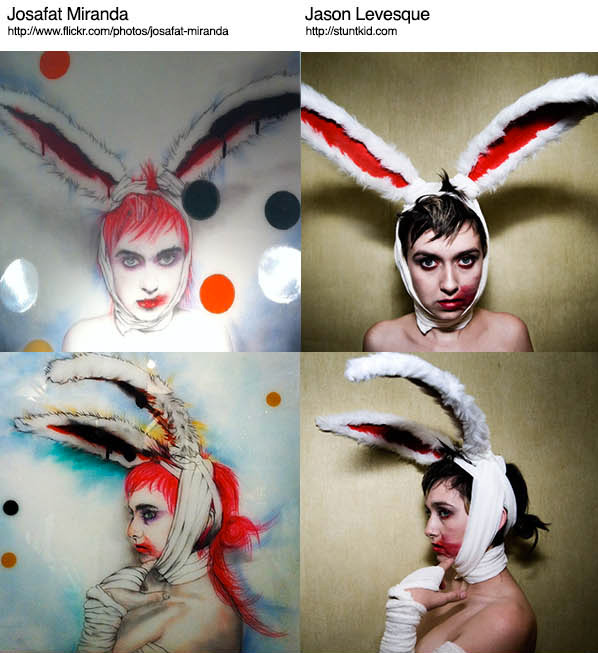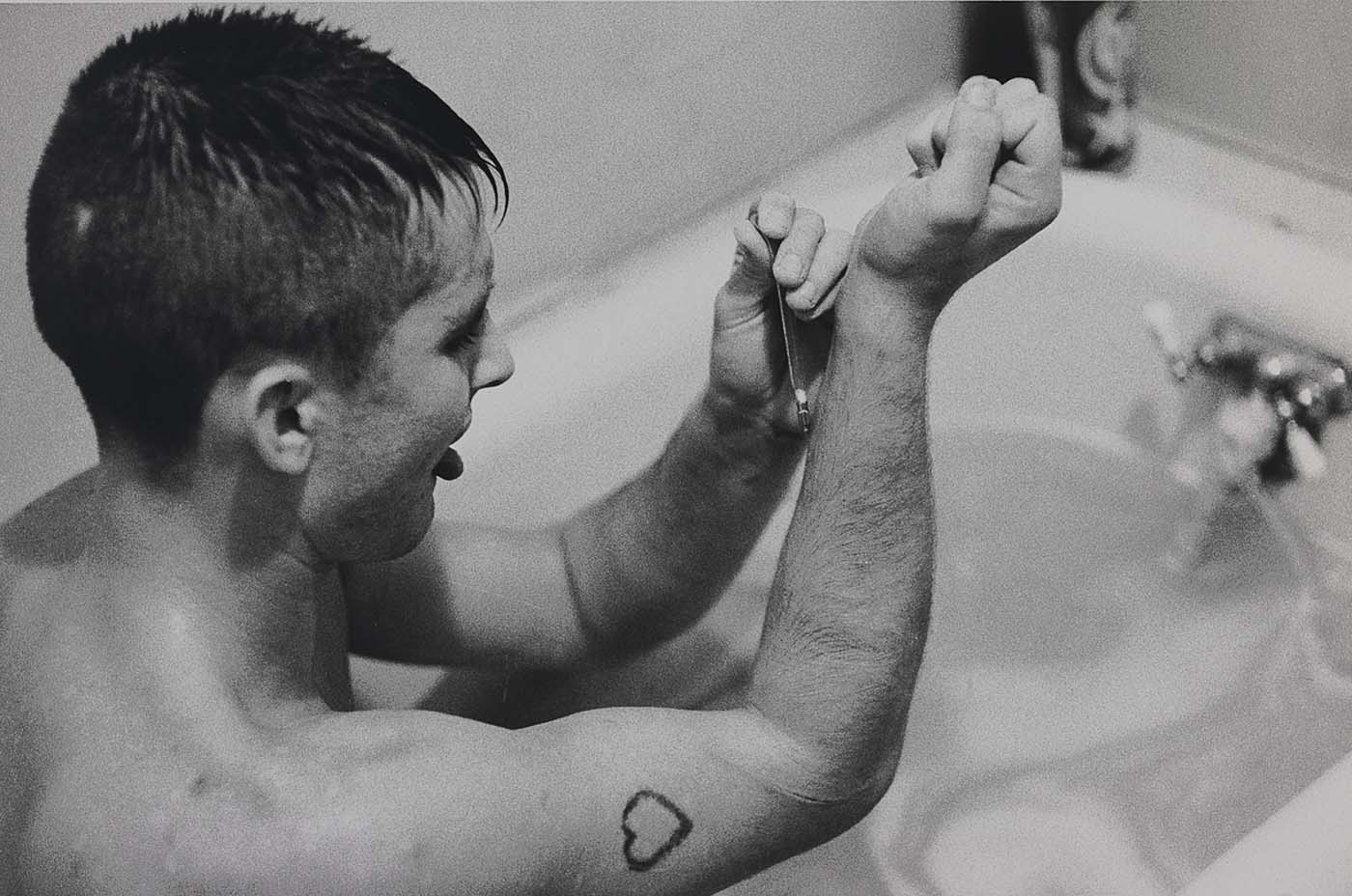What happens when you find out that your identity has been stolen? Do you confront the person who has stolen your identity? Do you let it go knowing that the individual has been punished by the law? Does curiosity get the best of you to find out what the person has done under your identity? For any of these answers, most would conventionally approach the situation, but when you’re an artist like Jessamyn Lovell is, your approach is anything but conventional. In an interview featured on hyperallergic.com, Lovell opens up about what she did when her identity was stolen and why. Lovell had left her phone and wallet at a photography studio in San Francisco where a woman named Emma Hart had later stolen and assumed her identity. After Hart’s minor offenses and large amounts of spending under Lovell’s name, Lovell ended up in court, and after the case was settled, Lovell was determined to deliver a note personally to Hart. Lovell had originally contacted a private investigator to help her find Hart, but when she was found, a simple letter quickly escalated into an exhibition of photos Lovell had secretly taken of Hart going about her daily life. As this exhibition went underway, the Internet grabbed hold of the news, many commenting about Lovell’s “revenge.” However, Lovell shared that she was pained by the comments saying that what she was doing was revenge; she stressed that her reason for doing this was not for revenge but to find out what a woman like Hart had done with her identity that she did not know about. While this may be the reason Lovell had started her project, I am rather skeptical that, after secretly photographing Hart all around San Francisco, this is still her reason. Lovell had admitted in her interview, “I’m not going to lie and say there was not a feeling of power that I felt in pursuing her. I would be lying if I didn’t say that I did feel some anger and frustration in the whole situation.” Revenge usually stems from anger, so although Lovell denies it, I still think that there had to be some sort of desire for revenge to put up an exhibition of the photos. However, Lovell shares, “… my piece is about understanding that about her and about me, and picking apart my identity and my understanding of this experience of what happened to me. How is that revenge? It’s my story, and I’m telling it.” I have tried to understand Lovell’s explanation that this is her story that she is telling, but all I can see is a woman who has followed some around taking photos that the subject was unknowingly aware of. In what way is documenting Hart’s daily life without consent Lovell’s story? How would following Hart after her identity theft answer what Hart did while she was using Lovell’s identity? Knowing the legal implications that could result from documenting someone’s life through photos without the subject’s consent, Lovell was careful in the process, frequently consulting a lawyer to ensure that what she was doing was still legal. The main rule she had to follow, in order to avoid breaking the law, was to make sure that all photos taken were in public places. She could not take any photos in places of privacy. The article explains that by going out in public, one allows his or herself to be seen. And by this, Lovell was able to have her photos okayed to be displayed in the exhibition, Dear Erin Hart. While Lovell’s art is legally acceptable, I believe that, ethically and morally, what she did was wrong. Because Lovell is an artist, many have accepted what she has done. Furthermore, because Hart was guilty of identity theft, many do not see her as a victim. However, I can’t help but feel uncomfortable at the thought of following this woman who has already served her time in jail for what she has done. Lovell admits that she has attempted contacting her and even tried inviting her to the show but never heard from Hart. If I were Hart, I would not have responded either. This kind of art really makes me question the art world. On what grounds is this photography art? Someone has basically stalked an individual through town and then made a gallery of the photos she has taken. I think Lovell had gotten so involved in trying to understand Hart that it soon became a creepy obsession. Lovell had admitted that there was one point that she had even felt uncomfortable. She admitted, “Oh my god, should I be doing this? This isn’t just black and white. She isn’t just my ID thief and I’m getting photographs of her.” I think that Lovell had gotten so heavily involved in this project that she lost judgment. As she said, it is not black and white; there are a lot of aspects where what she has done is problematic. I know that Hart has definitely done more harm than Lovell has, but I am a firm believer in “an eye for an eye makes the whole world blind.” While some can justify what Lovell has done as revenge or simply taking photos in public, I think what she has done is out of line. When I view her photos, I can only feel uncomfortable as it gives off the sense of being a stalker. If Lovell were not an artist and had simply taken photos of Hart and posted them online saying she followed around the person who stole her identity, I think it would have received a much different response. But because Lovell is an artist and her photos were featured in an exhibition, it is considered art? To read the full interview and view more images from the exhibition: http://hyperallergic.com/178442/what-happens-when-you-steal-an-artists-identity/
#jessamynlovell #identitytheft #photography






